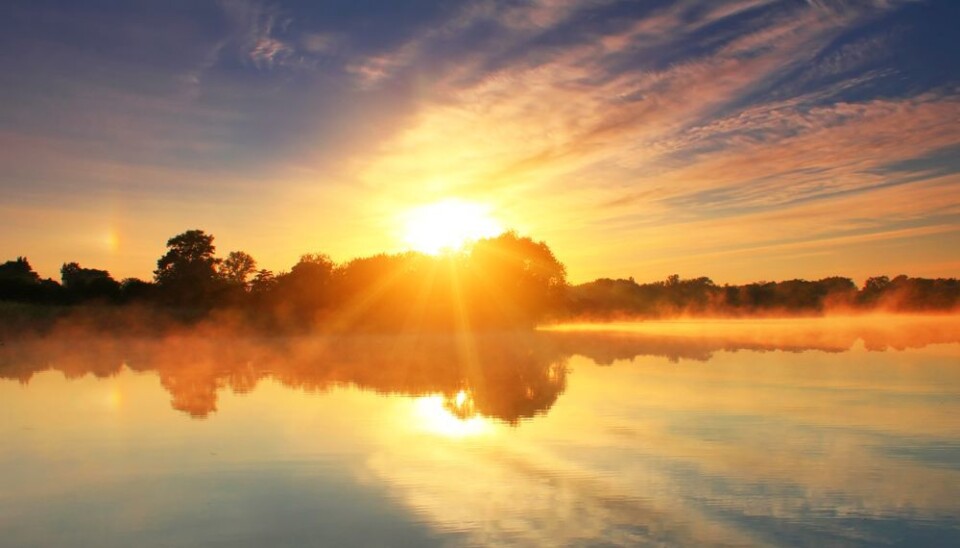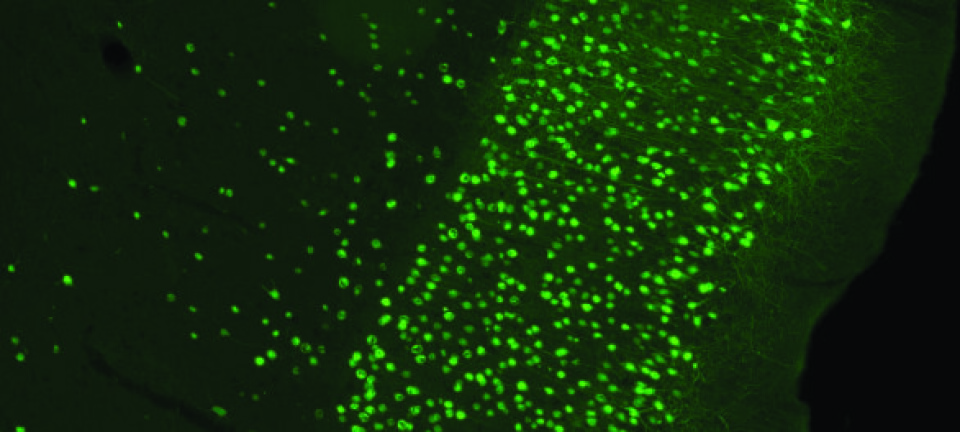
Morning light relieves anxiety
The right light in the morning can reduce anxiety responses in healthy people, new study shows.
The lack of daylight exposure in the winter disrupts our circadian rhythm and reinforces our responses to stressful and anxiety-provoking experiences.
Now it appears that bright light intervention at home can help. A new study shows for the first time how the ‘right’ light in the morning reduces the activity in the brain’s ‘fear centre’ during the dark winter months.
”If people are exposed to light in the morning that mimics the wavelengths of daylight, they become better at coping with anxiety-provoking experiences. The light simply improves the communication between the regions of the brain that are central to our handling of emotions such as stress and anxiety,” says PhD fellow Brenda Mc Mahon, MD, of the Neurobiology Research Unit at the Copenhagen University Hospital, Denmark.
She is the co-author of the new study, published in the journal Biological Psychiatry.
Light creates positive changes in the brain
If people are exposed to light in the morning that mimics the wavelengths of daylight, they become better at coping with anxiety-provoking experiences. The light simply improves the communication between the regions of the brain that are central to our handling of emotions such as stress and anxiety.
In the study, 30 healthy male participants received bright-light intervention for 30 minutes daily over a three-week period. The light source had the same wavelength range as in daylight, which also corresponds to the type of light found in light therapy lamps.
Before the start of the experiment, the participants underwent MRI scans of their brain activity while looking at pictures of faces that had either neutral, angry or fearful expressions.
After three weeks, the researchers observed that:
• The participants’ brains responded less to faces that expressed fear or anger.
• The brain’s ability to control the ‘fear centre’ improved.
• The effect was associated with the amount of light exposure: the more intense the light, the greater the effect.
”We humans respond naturally to other people’s anger and fear. But we observed that the participants responded less to fear in the pictures after the light treatment,” says Mc Mahon.
The light affected the communication between the frontal lobe and the amygdala in the brain. The frontal lobe regulates the activity in the amygdala, which plays a central role in our emotional responses to our surroundings.
Morning light improves sleep
Our brain and body are naturally programmed to follow the path of the sun, but when the winter darkness sets in, many of us get no sunlight at all. This disrupts a number of physiological processes that affect our sleep and increase the risk of depression.
”A lack of daylight disrupts some hormonal processes in our body that regulate our circadian rhythm. This can result in a shift in circadian rhythm, so that people go to sleep later and later in the evenings, and this shift is associated with an increased risk of depression,” says Klaus Martiny, an associate professor at the Department of Clinical Medicine at the University of Copenhagen. Martiny did not take part in this study.
So in addition to improving our anxiety response, daylight or bright light intervention can also help us regulate and control our circadian rhythm, as well as our mood.
”The right light in the morning shifts our circadian rhythm so that we wake up and fall asleep earlier,” says Martiny.
“This is likely to be the mechanism behind the anti-depressive effect of light therapy. The circadian rhythm differs from one person to the next, but a good rule of thumb is that you go to sleep before midnight and get up before 8 am.”
-------------------
Read the Danish version of this article at videnskab.dk







